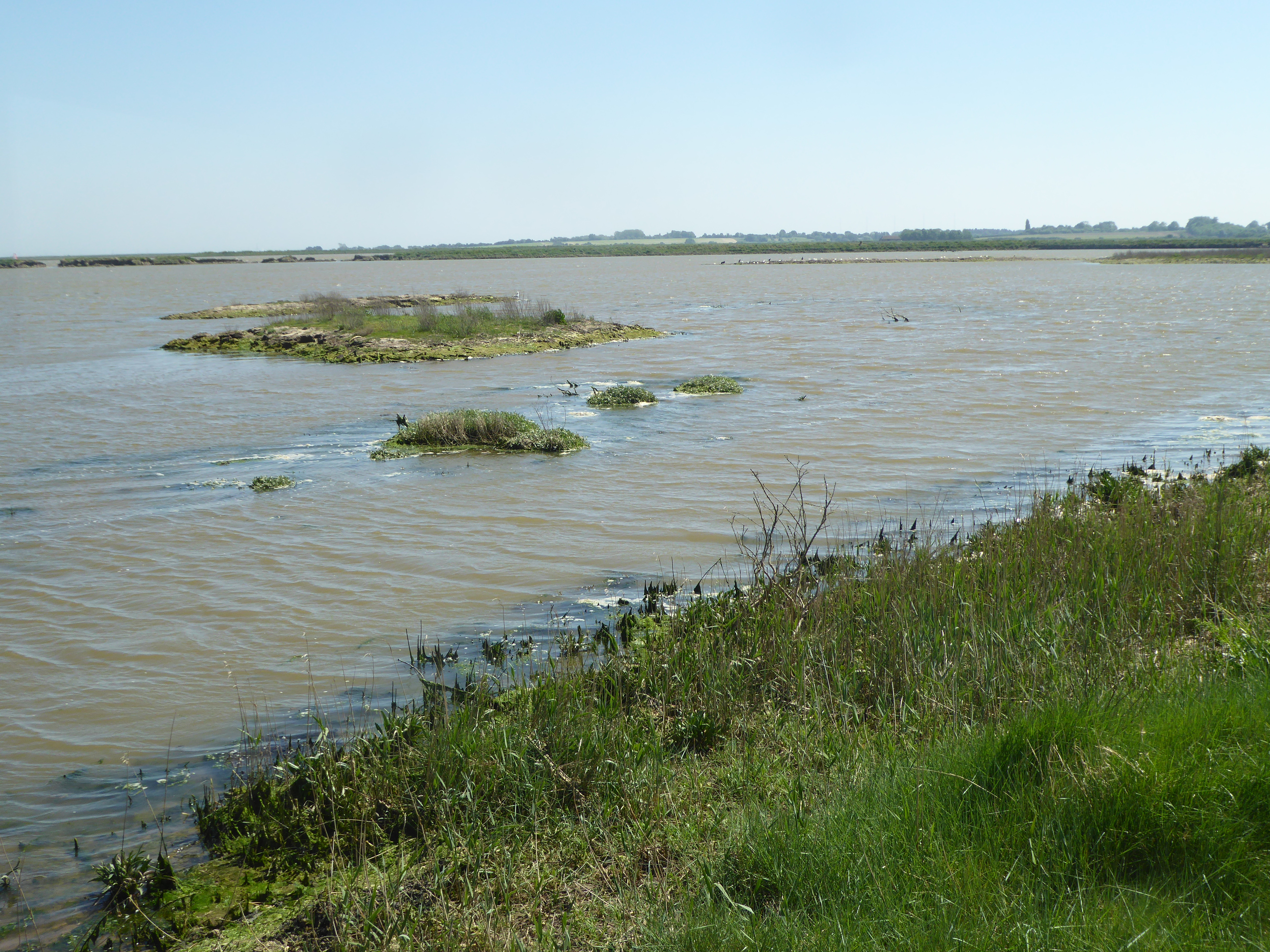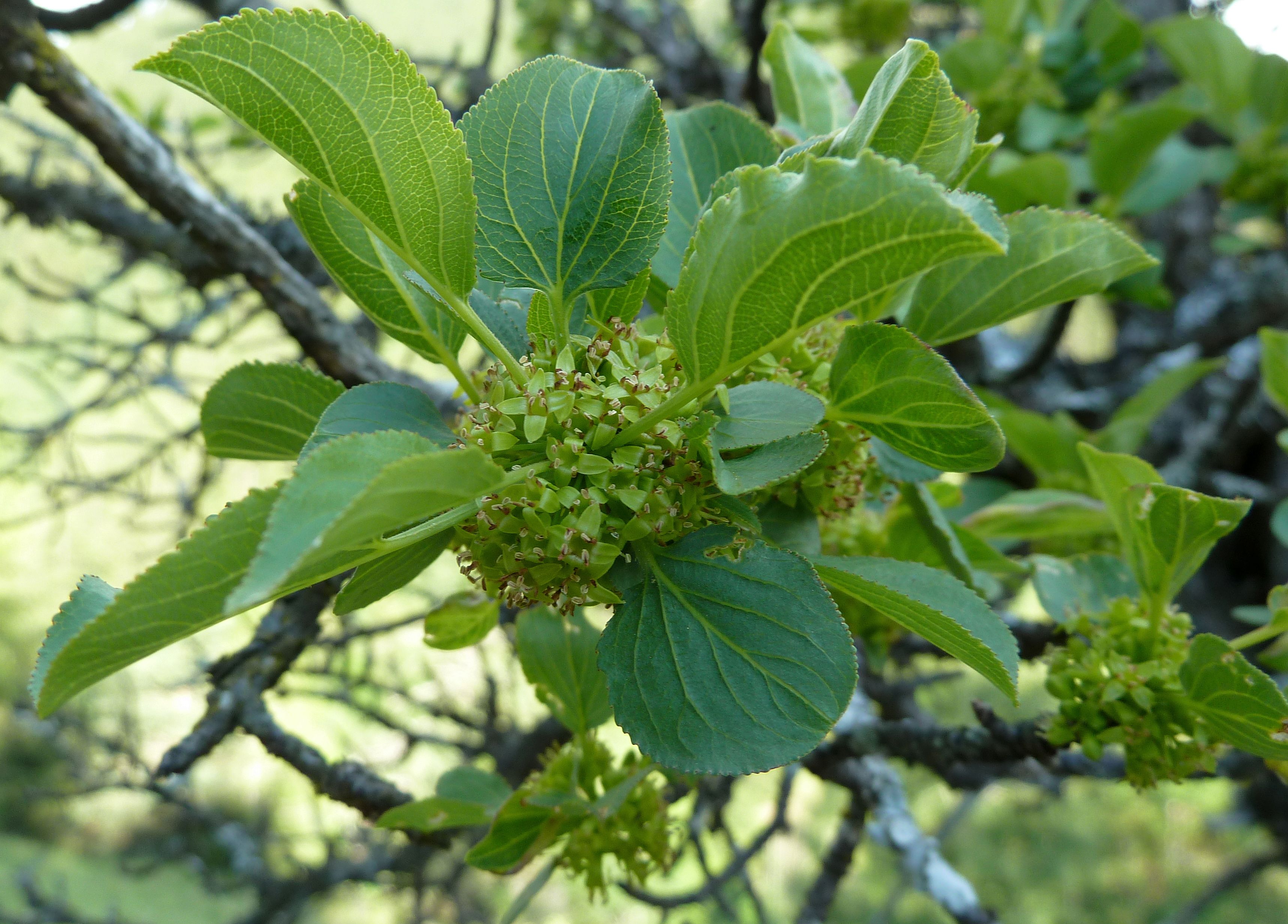|
Groton Wood
Groton Wood is a biological Site of Special Scientific Interest north-east of Groton in Suffolk. It is owned and managed by the Suffolk Wildlife Trust. Fifteen species of butterfly have been recorded in this wood, including brimstones, speckled woods and purple hairstreaks. There are many wild cherry trees, and twenty-two seasonal ponds, which have scarce and protected great crested newt The northern crested newt, great crested newt or warty newt (''Triturus cristatus'') is a newt species native to Great Britain, northern and central continental Europe and parts of Western Siberia. It is a large newt, with females growing up to ...s. There is access from Howe Road. References {{Groton Suffolk Wildlife Trust Sites of Special Scientific Interest in Suffolk Babergh District ... [...More Info...] [...Related Items...] OR: [Wikipedia] [Google] [Baidu] |
Site Of Special Scientific Interest
A Site of Special Scientific Interest (SSSI) in Great Britain or an Area of Special Scientific Interest (ASSI) in the Isle of Man and Northern Ireland is a conservation designation denoting a protected area in the United Kingdom and Isle of Man. SSSI/ASSIs are the basic building block of site-based nature conservation legislation and most other legal nature/geological conservation designations in the United Kingdom are based upon them, including national nature reserves, Ramsar sites, Special Protection Areas, and Special Areas of Conservation. The acronym "SSSI" is often pronounced "triple-S I". Selection and conservation Sites notified for their biological interest are known as Biological SSSIs (or ASSIs), and those notified for geological or physiographic interest are Geological SSSIs (or ASSIs). Sites may be divided into management units, with some areas including units that are noted for both biological and geological interest. Biological Biological SSSI/ASSIs may ... [...More Info...] [...Related Items...] OR: [Wikipedia] [Google] [Baidu] |
Groton, Suffolk
Groton is a village and civil parish in Suffolk, England, located around a mile north of the A1071 between Hadleigh, Suffolk, Hadleigh and Sudbury, Suffolk, Sudbury. It is part of Babergh District, Babergh district. The parish church dedicated to Saint Bartholomew is flint faced and has some 15th-century features; it was Victorian restoration, heavily restored in the 19th century. It is a Commonwealth War Grave site. The village has no shops but does have the pub the Fox and Hounds. In addition to Groton village, the parish contains the hamlet (place), hamlets of Broad Street, Suffolk, Broad Street, Castling's Heath, Gosling Green, Horner's Green, and Parliament Heath. It is home to several Ancient Woodlands: the Groton Wood Site of Special Scientific Interest, SSSI, the Mill Wood and Winding Wood nature reserves, and a section of Bull's Cross Wood (part of the Milden Thicks SSSI). Also found in the parish are a tributary to the River Box and Pitches Mount, the remaining earthwork ... [...More Info...] [...Related Items...] OR: [Wikipedia] [Google] [Baidu] |
Suffolk
Suffolk () is a ceremonial county of England in East Anglia. It borders Norfolk to the north, Cambridgeshire to the west and Essex to the south; the North Sea lies to the east. The county town is Ipswich; other important towns include Lowestoft, Bury St Edmunds, Newmarket, and Felixstowe which has one of the largest container ports in Europe. The county is low-lying but can be quite hilly, especially towards the west. It is also known for its extensive farming and has largely arable land with the wetlands of the Broads in the north. The Suffolk Coast & Heaths and Dedham Vale are both nationally designated Areas of Outstanding Natural Beauty. History Administration The Anglo-Saxon settlement of Suffolk, and East Anglia generally, occurred on a large scale, possibly following a period of depopulation by the previous inhabitants, the Romanised descendants of the Iceni. By the fifth century, they had established control of the region. The Anglo-Saxon inhabitants later b ... [...More Info...] [...Related Items...] OR: [Wikipedia] [Google] [Baidu] |
Suffolk Wildlife Trust
Suffolk Wildlife Trust (SWT) describes itself as the county's "nature charity – the only organisation dedicated wholly to safeguarding Suffolk's wildlife and countryside." It is a registered charity, and its headquarters is at Brooke House in Ashbocking, near Ipswich. It was founded in 1961,About us , Suffolk Wildlife Trust. Retrieved 3 March 2014. and is one of 46 covering the . As of March 2017, it has 13,200 members, and it manages of land in 60 nature reserves, most of whi ... [...More Info...] [...Related Items...] OR: [Wikipedia] [Google] [Baidu] |
Gonepteryx Rhamni
''Gonepteryx rhamni'' (known as the common brimstone) is a butterfly of the family Pieridae. It lives throughout the Palearctic zone and is commonly found across Europe, Asia, and North Africa. Across much of its range, it is the only species of its genus, and is therefore simply known locally as the brimstone. Its wing span size is 60 - 74 mm. The brimstone relies on two species of buckthorn plants as host plants for its larvae; this influences its geographic range and distribution, as these plants are commonly found in wetlands. The adult brimstone travels to woodland areas to spend seven months overwintering. In spring when their host plants have developed, they return to the wetlands to breed and lay eggs. Both the larval and adult forms of the common brimstone have protective coloration and behaviour that decreases their chances of being recognised and subsequently preyed upon. The adult common brimstone has sexual dimorphism in its wing coloration: males have yellow win ... [...More Info...] [...Related Items...] OR: [Wikipedia] [Google] [Baidu] |
Speckled Wood (butterfly)
The speckled wood (''Pararge aegeria'') is a butterfly found in and on the borders of woodland areas throughout much of the Palearctic realm. The species is subdivided into multiple subspecies, including ''Pararge aegeria aegeria'', ''Pararge aegeria tircis'', ''Pararge aegeria oblita'', and ''Pararge aegeria insula''. The color of this butterfly varies between subspecies. The existence of these subspecies is due to variation in morphology down a gradient corresponding to a geographic cline. The background of the wings ranges from brown to orange, and the spots are either pale yellow, white, cream, or a tawny orange. The speckled wood feeds on a variety of grass species. The males of this species exhibit two types of mate locating behaviors: territorial defense and patrolling. The proportion of males exhibiting these two strategies changes based on ecological conditions. The monandrous female must choose which type of male can help her reproduce successfully. Her decision is heavi ... [...More Info...] [...Related Items...] OR: [Wikipedia] [Google] [Baidu] |
Purple Hairstreak
The purple hairstreak (''Favonius quercus'') is a butterfly in the family Lycaenidae distributed throughout much of Europe, North Africa, Anatolia, Caucasia, and Transcaucasia. The larva feeds on ''Quercus robur'', ''Quercus petraea'', ''Quercus cerris'' and ''Quercus ilex''. Subspecies *''F. quercus interjectus'' (Verity, 1919) - Italy *''F. quercus longicaudatus'' ( Riley, 1921) - Armenia, Azerbaijan, Turkey, West Iran *''F. quercus iberica'' ( Staudinger, 1901) - Morocco, Algeria, Iberia Description in Seitz ''Z. quercus'' L. (74 c, d). male above with a blue gloss and narrow black distal border, the female with the basal area of the forewing blue and often the cell of the hindwing bluish. Underside leaden-grey, with a proximally dark-edged white line before the outer third and in the anal area of the hindwing weak yellow spots. ab. ''obsoleta'' Tutt are females without any blue gloss; there occur also transitional specimens with the blue reduced (''semiobsoleta''). ab. ' ... [...More Info...] [...Related Items...] OR: [Wikipedia] [Google] [Baidu] |
Prunus Avium
''Prunus avium'', commonly called wild cherry, sweet cherry, gean, or bird cherryWorld Economic Plants: A Standard Reference, Second Edition'. CRC Press; 19 April 2016. . p. 833–. is a species of cherry, a flowering plant in the rose family, Rosaceae. It is native to Europe, Anatolia, Maghreb, and Western Asia, from the British Isles south to Morocco and Tunisia, north to the Trondheimsfjord region in Norway and east to the Caucasus and northern Iran, with a small isolated population in the western Himalaya.Den Virtuella Floran''Prunus avium''(in Swedish; witmap The species is widely cultivated in other regions and has become naturalized in North America and Australia. ''Prunus avium'' has a diploid set of sixteen chromosomes (2''n'' = 16). All parts of the plant except for the ripe fruit are slightly toxic, containing cyanogenic glycosides. Description ''Prunus avium'' is a deciduous tree growing to tall, with a trunk up to in diameter. Young trees show strong ... [...More Info...] [...Related Items...] OR: [Wikipedia] [Google] [Baidu] |
Great Crested Newt
The northern crested newt, great crested newt or warty newt (''Triturus cristatus'') is a newt species native to Great Britain, northern and central continental Europe and parts of Western Siberia. It is a large newt, with females growing up to long. Its back and sides are dark brown, while the belly is yellow to orange with dark blotches. Males develop a conspicuous jagged crest on their back and tail during the breeding season. The northern crested newt spends most of the year on land, mainly in forested areas in lowlands. It moves to aquatic breeding sites, mainly larger fish-free ponds, in spring. Males court females with a ritualised display and deposit a spermatophore on the ground, which the female then picks up with her cloaca. After fertilisation, a female lays around 200 eggs, folding them into water plants. The larvae develop over two to four months before metamorphosing into terrestrial juveniles (efts). Both larvae and land-dwelling newts mainly feed on different ... [...More Info...] [...Related Items...] OR: [Wikipedia] [Google] [Baidu] |
Sites Of Special Scientific Interest In Suffolk
Site most often refers to: * Archaeological site * Campsite, a place used for overnight stay in an outdoor area * Construction site * Location, a point or an area on the Earth's surface or elsewhere * Website, a set of related web pages, typically with a common domain name It may also refer to: * Site, a National Register of Historic Places property type * SITE (originally known as ''Sculpture in the Environment''), an American architecture and design firm * Site (mathematics), a category C together with a Grothendieck topology on C * ''The Site'', a 1990s TV series that aired on MSNBC * SITE Intelligence Group, a for-profit organization tracking jihadist and white supremacist organizations * SITE Institute, a terrorism-tracking organization, precursor to the SITE Intelligence Group * Sindh Industrial and Trading Estate, a company in Sindh, Pakistan * SITE Centers, American commercial real estate company * SITE Town, a densely populated town in Karachi, Pakistan * S.I.T.E Indust ... [...More Info...] [...Related Items...] OR: [Wikipedia] [Google] [Baidu] |





